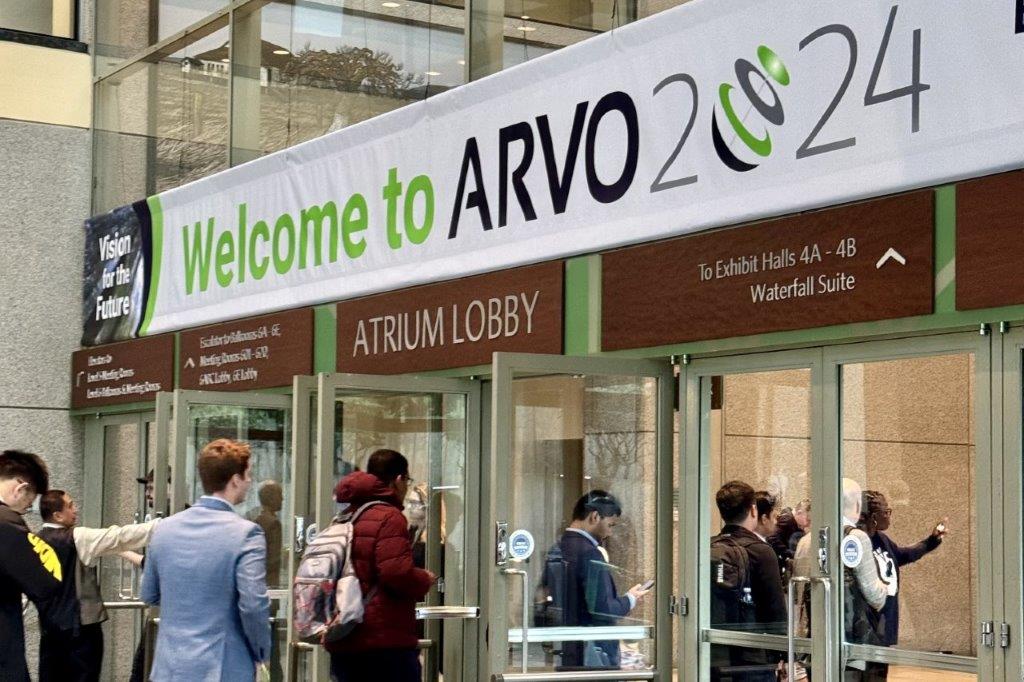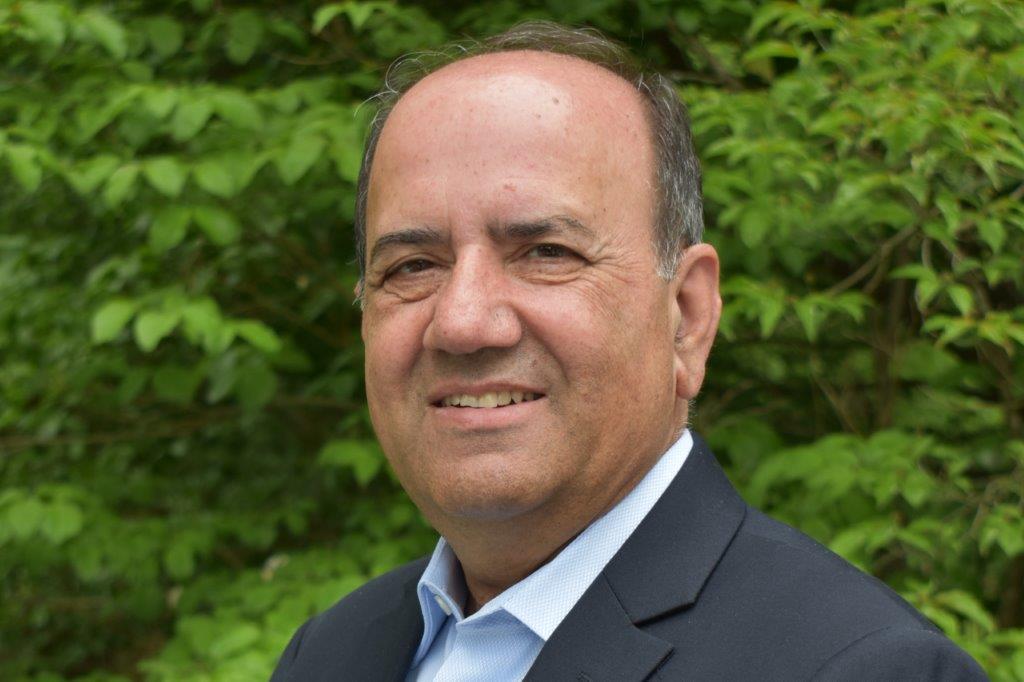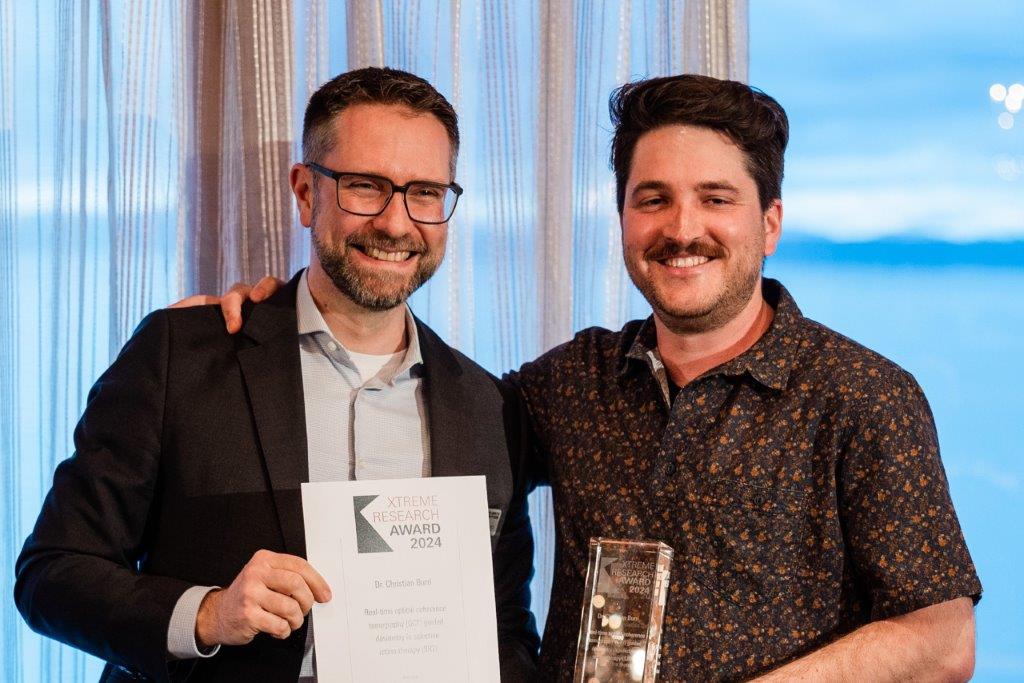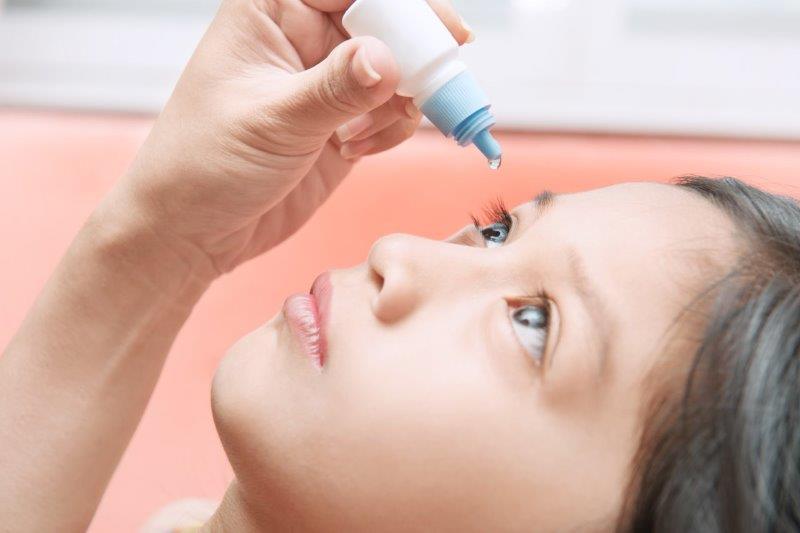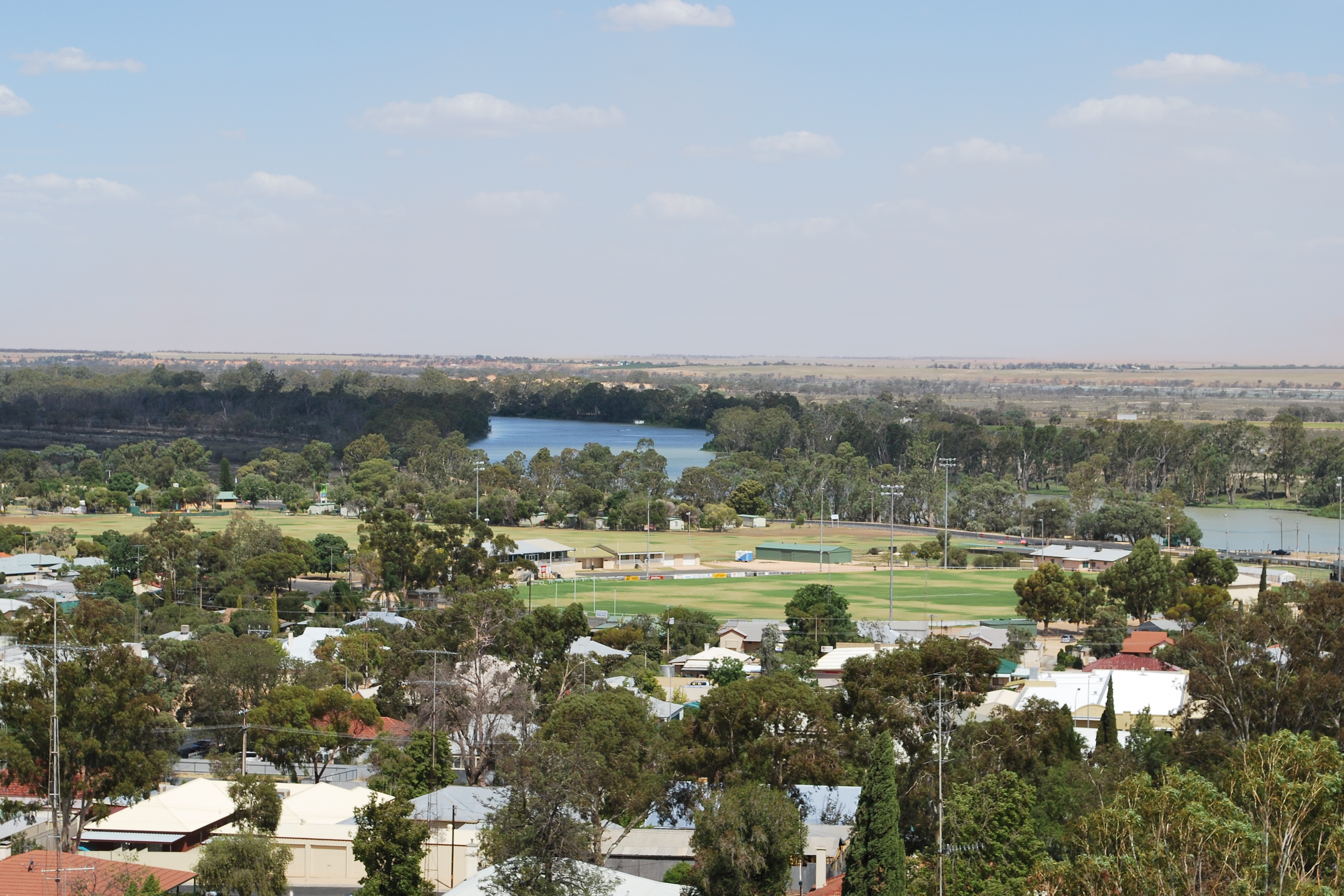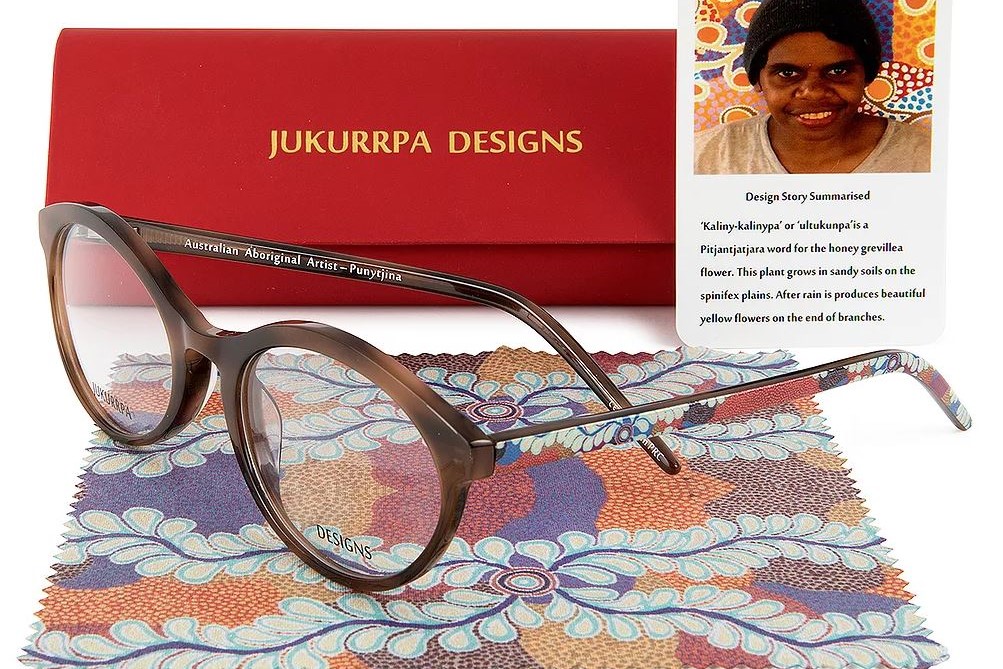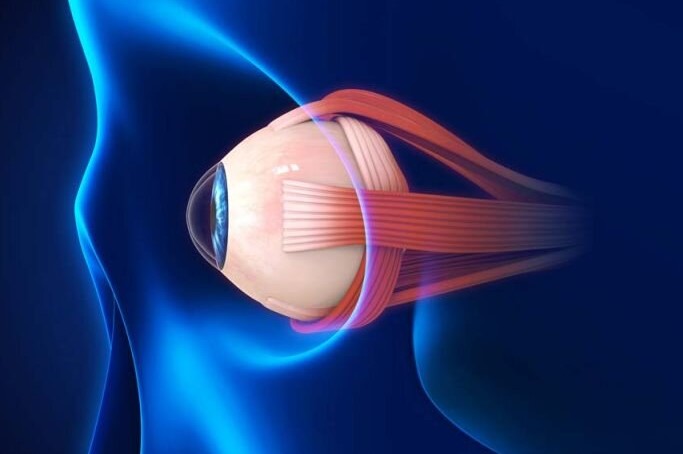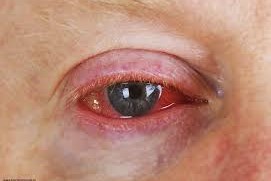Vision research – morning, noon and ARVO
The 2024 Association for Research in Vision and Ophthalmology (ARVO) conference was held in Seattle, Washington, from 4-9 May. With registrations from more than 11,000 people from 52 countries, it is the world’s largest and most prestigious ophthalmology research event and an important platform for scientists to gather, share ideas and showcase their latest findings. Thousands of posters and numerous paper sessions and mini-symposiums were presented each day.
Sixteen researchers from the University of Auckland attended the conference, including 11 from the Department of Ophthalmology (Professor Jennifer Craig, Associate Professor Andrea Vincent, Drs Sarah Hull, Sanjay Marasini and William Schierding and PhD students Charisse Kuo, Henry Louie, Anmol Sandhu, Avik Shome, Dr Yuting Xiao and myself), four from the Department of Physiology (Professor Paul Donaldson, Drs Alyssa Lie and Yadi Chen and Emily MacFarlane) and Auckland Bioengineering Institute’s Dr Jason Turuwhenua. The topics presented included ocular biochemistry; the ocular surface, including cornea and dry eye; uveitis; the lens; the retina; ocular genetics; and optokinetic nystagmus. Having won one of ARVO’s inaugural Catalyst Awards, Dr Alyssa Lie presented her research as a poster entitled ‘Presbyopia treatment with 1.25% pilocarpine alters free-water distribution in the human lens’.

Dr Alyssa Lie and her poster at ARVO 2024
Managing myopia
One of the main themes of this year’s conference was myopia. The US National Eye Institute (NEI) organised a special session to acknowledge myopia’s rising prevalence, especially post-Covid. Speakers, including NEI director Dr Michael Chiang, identified the need to significantly scale up research, engage public health experts and increase multidisciplinary collaborations within and beyond the current myopia research community.
In a poster entitled ‘Increased prevalence of myopia in the United States between 1971-1972 and 1999-2004 – A reappraisal and model’, Professor Mark Bullimore described a 13% increase in overall myopia prevalence and a 17.1% increase in adult myopia. Another poster, from the Chinese University of Hong Kong, linked specific genetic variations with refractive errors and axial length in Chinese children. The team found variations in the TOX, ZMAT4, GRIA4 and RDH5 genes were related to changes in refractive error and eye growth. Their findings may provide valuable insight into the genetic basis of eye development and early onset of refractive errors in children. I was also fortunate to reunite with University of Auckland graduate Dr Safal Khanal, who was my lab tutor when I was an optometry student. Currently an assistant professor at the University of Alabama at Birmingham, Dr Khanal presented a poster and co-moderated a session on myopia and how different factors affect eye growth.

Charisse Kuo, Dr Safal Khanal and Dian Zhuang
From OCT and OTT…
The core theme of this year’s meeting, however, was the merging of research and technology to drive continuous transformation in the field of vision research. With the rapid advancement of computational technologies, artificial intelligence (AI) and big-data processing capabilities have shown great potential in eye disease management. One example was a French team’s novel imaging tool for the anterior eye, named optical transmission tomography (OTT). Instead of using reflection, OTT uses back illumination for the fundus and a special interference technique to highlight the front part of the eye with great clarity and a large viewing area. AI algorithms have also been developed to identify features within retinal scans of patients with inherited retinal diseases (IRDs), allowing analysis of large datasets and aiding our understanding of the phenotype-genotype patterns in various IRDs. In addition, a new deep-learning, large language model system has been developed by an international research team to assist primary care physicians in diabetic retinopathy screening and diabetes care, particularly in areas with reduced healthcare access.
…to networking and much more
On day two of the conference, I attended the second USA-China networking forum since the pandemic. One of the talks, ‘Exercise ameliorates nAMD through fat-eye axis’, particularly interested me. In the study, scientists found high physical activity correlated with improved lesion recovery in patients with age-related macular degeneration. The study proposed the anti-angiogenic effect of treadmill training via suppression of the AIM2 inflammasome inhibits inflammation and macrophage activation. Looking through the lens of my own research, which focuses on ocular surface inflammasomes, the results shown may highlight a possible link between physical exercise and dry eye disease via a similar mechanism.
Following my interests, I attended the final day’s mini-symposium on ‘Tear fluid biomarkers: fundamentals, hurdles and clinical applications’, featuring Harvard Medical School’s Dr Nikolay Boychev. Traditionally used as a means of detecting biomarkers for ocular surface disease, tears can also be a rich source of physiological information for diseases of the posterior segment, such as diabetic retinopathy and uveitis. Dr Boychev discussed novel applications for smart contact lenses as real-time sensors for monitoring intraocular pressure, tear glucose concentration and even exosomes (vesicles containing cellular messengers secreted into blood, saliva, urine and tears) for cancer detection!
Overall, I found my first ARVO conference incredibly eye-opening. It undoubtedly acts as a catalyst for innovation and translating outcomes in ophthalmology and vision research. It was also an exceptional experience for me to present part of my PhD study as a poster, connect with researchers from around the world and visit Seattle, an iconic and beautiful city.
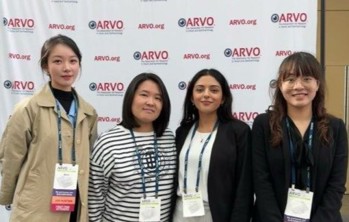
Dian Zhuang, Charisse Kuo, Anmol Sandhu and Dr Yuting Xiao at ARVO 2024
Dian Zhuang is a New Zealand-trained optometrist and PhD candidate with the Ocular Surface Laboratory and the Buchanan Ocular Therapeutics Unit at the University of Auckland. Her PhD work is supported by a Health Research Council grant, a NZ Association of Optometrists’ postgraduate scholarship and the NZ Optometric Vision Research Foundation.







